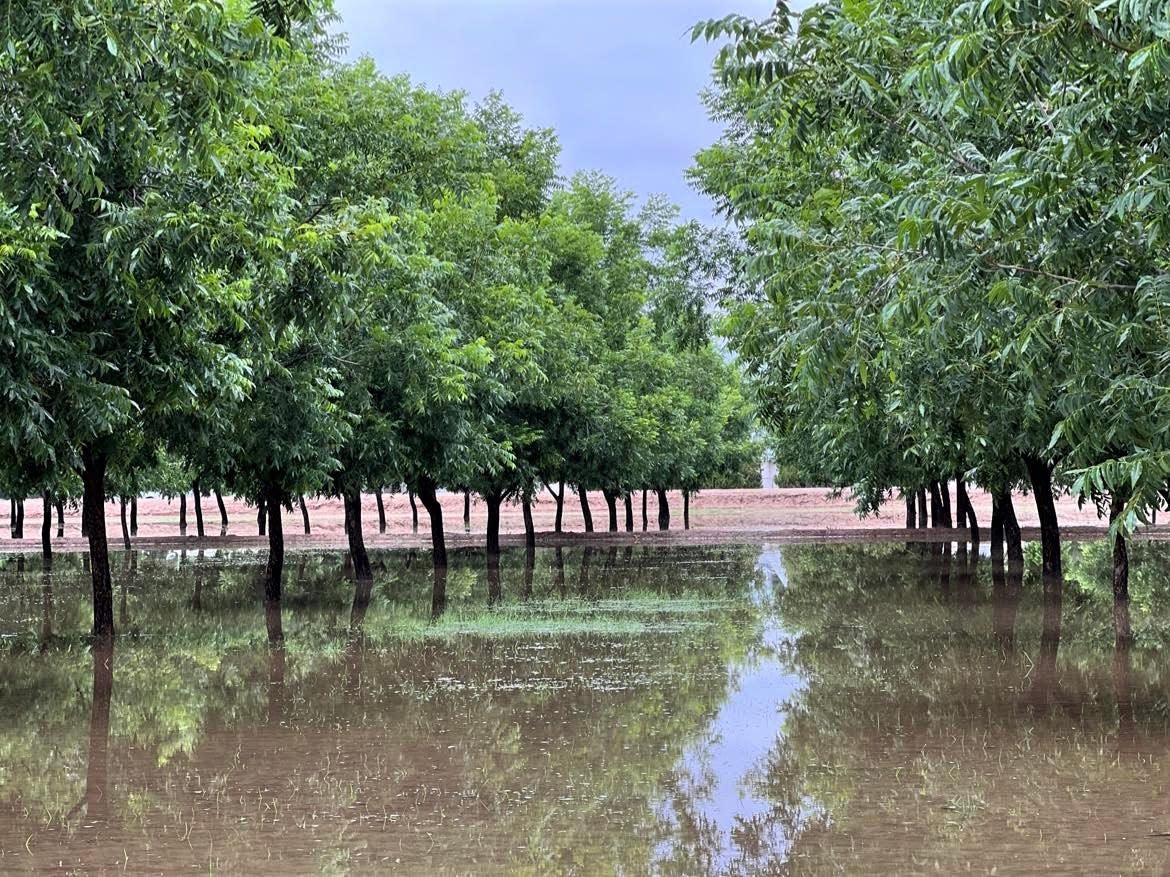Southern New Mexico saw above average rainfall this monsoon season. Here's a look at the totals.

LAS CRUCES – Monsoon season was especially rainy this year compared to recent decades, according to numbers from the New Mexico state climatologist.
New Mexico’s monsoon, or rainy season came to a close at the end of September. David DuBois, New Mexico climatologist, said southern New Mexico collection points documented above normal totals.
Normal totals were identified by taking the average rainfall numbers between 1991 and 2020.
Between June 15 and Sept 30, 2022, rainfall totals included:
New Mexico State University campus: 5.58 inches (5.33 inches normal)
El Paso International Airport: 5.85 inches (5.27 inches normal)
White Sands National Park: 8.70 inches (5.43 inches normal)
Deming: 7.04 inches (5.48 inches normal)
Ruidoso: 17.61 inches (12.41 inches normal)
Sierra Blanca: 24.40 inches (16.54 inches normal)
The Sierra Blanca Mountain Range in Lincoln and Otero counties saw the highest amount of precipitation and largest increase from the normal rainfall.
Numbers also varied throughout Las Cruces and surrounding areas:
NMSU: 5.3 to 5.9 inches
Mesilla: 4.52 inches
Las Alturas: 7 to 7.5 inches
Talavera: 7.8 to 9.65 inches
East Mesa along U.S. 70: 5.4 to 10.65 inches
Southwest Las Cruces: 3 to 5 inches
North of Picacho: 3.4 to 4.3 inches
Toward Mesquite: 6.4 inches
Santa Teresa: 6 to 7 inches
Chaparral: 8.1 inches
White Sands Missile Range: 10.59 to 10.95 inches
Fort Seldon: 7 inches
East of Hatch: 9.3 to 9.4 inches
Rainfall since Sept. 30 is not considered part of the monsoon season. The cooler, rainy weather systems of recent weeks are part of the normal pattern seen during the fall.
While the monsoonal rains were beneficial to the dry desert of southern New Mexico, the state is still experiencing drought. According to the U.S. Drought Monitor, Doña Ana County is “Abnormally Dry,” the ranking just above no drought. Much of southern New Mexico falls into this category, save for a few areas experiencing Moderate Drought.
Eastern New Mexico is the driest portion of the state with Extreme to Exceptional Drought levels documented.
Weather is expected to be relatively dry this fall through winter season. The National Oceanic and Atmospheric Administration predicted La Niña weather patterns this year, meaning warm, dry conditions in the southwest.
Others are reading:
Here's how NMSU researchers plan to make a more nutritious chile pepper
Raise awareness about violence and abuse by creating T-shirt. Here's how.
Leah Romero is the trending reporter at the Las Cruces Sun-News and can be reached at 575-418-3442, LRomero@lcsun-news.com or @rromero_leah on Twitter.
This article originally appeared on Las Cruces Sun-News: Monsoon season brought above average rainfall to southern New Mexico

